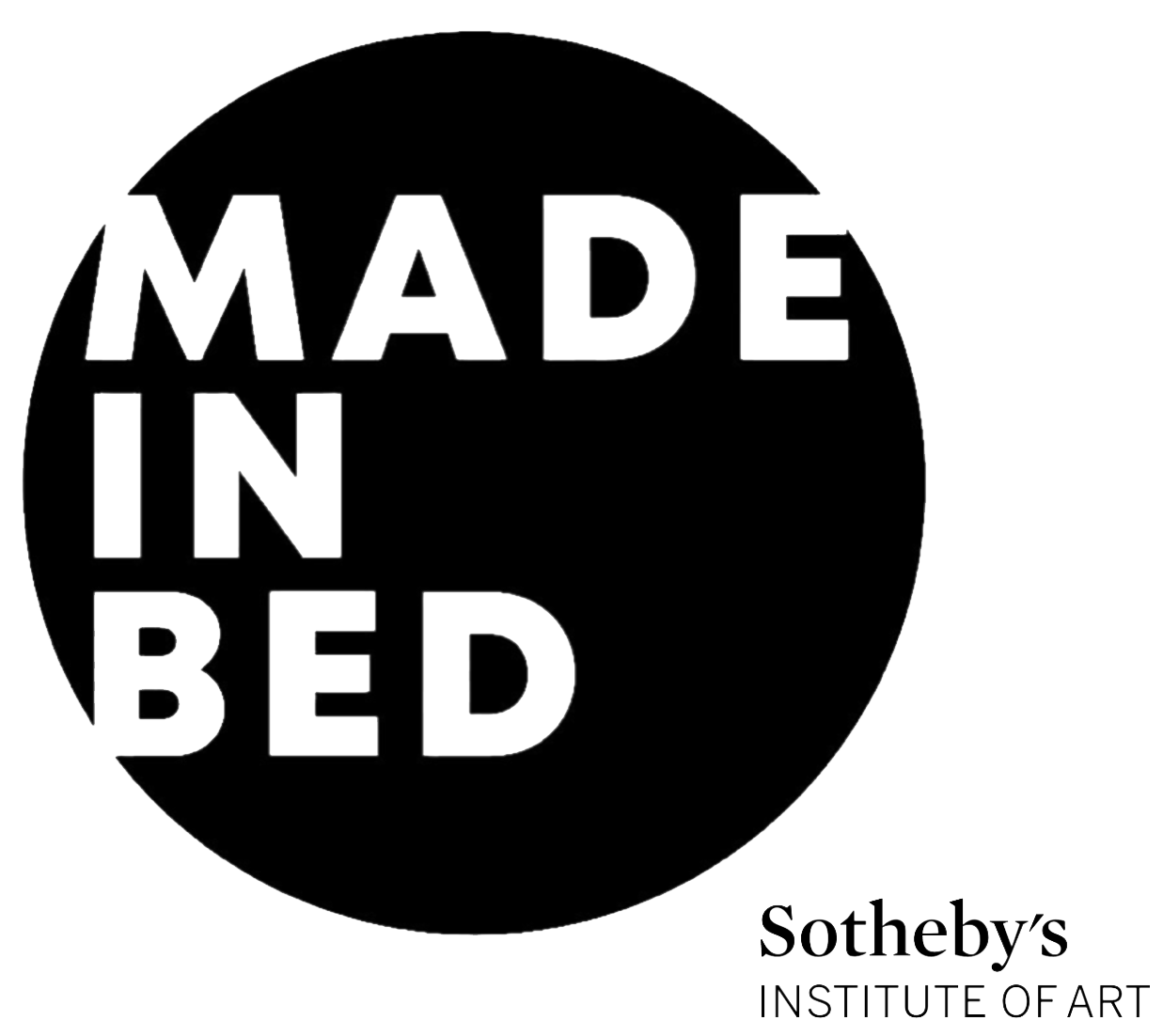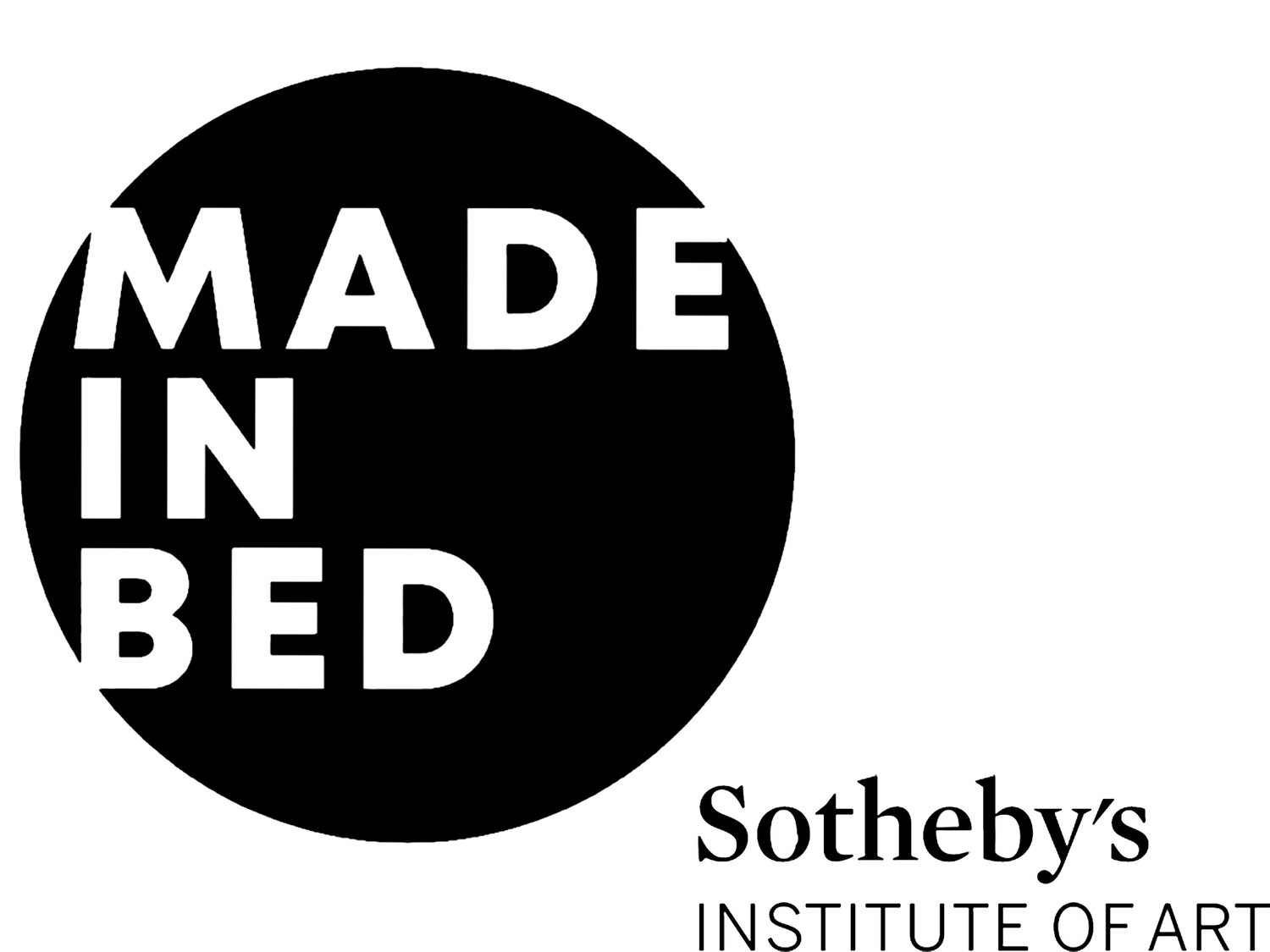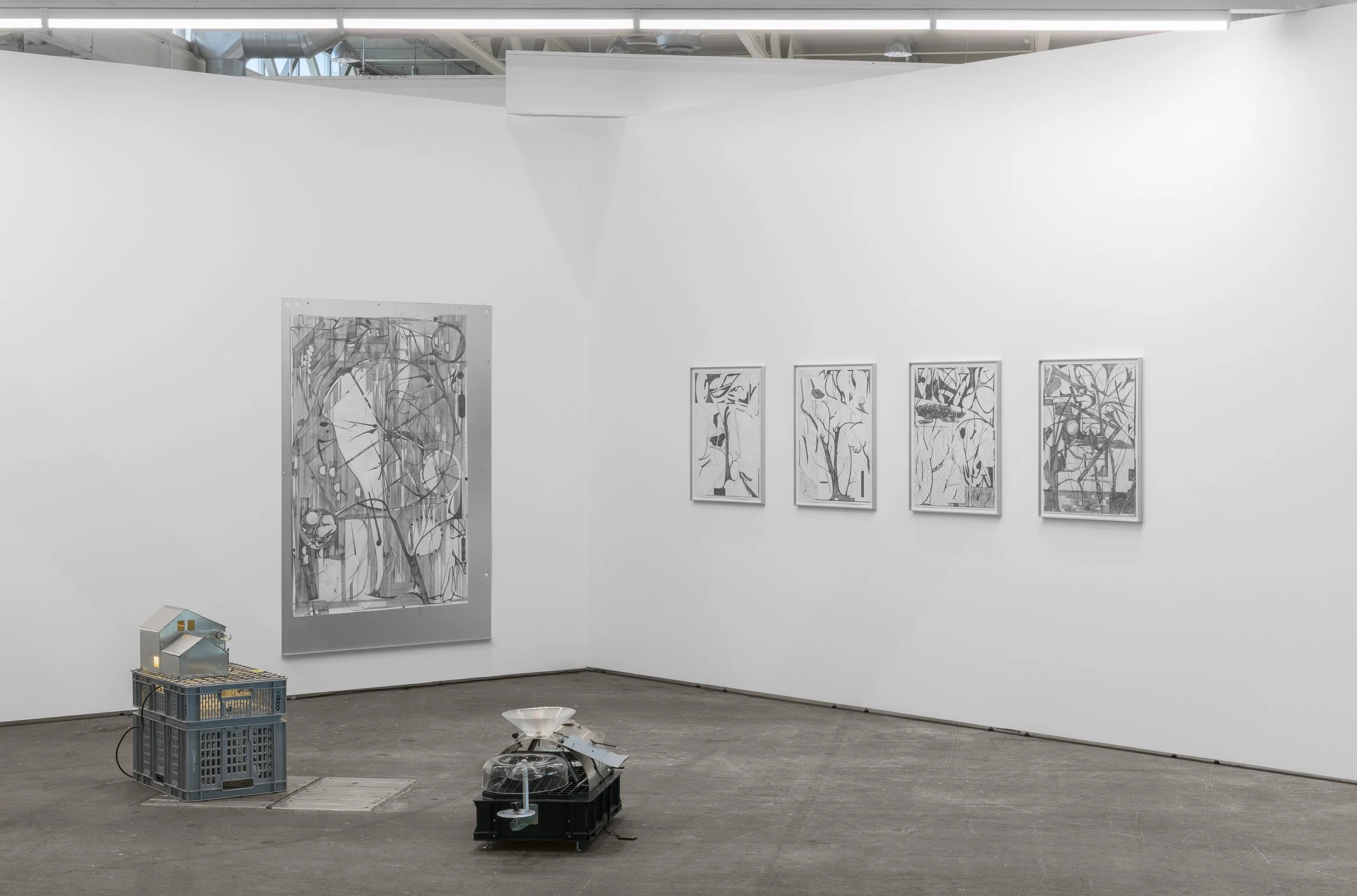Swiss Art Week 2025: Liste at 30 - Forever Young
This summer marks the 30th edition of Liste Art Fair in Basel, the fair that refuses to give up its youthful spirits in all the right ways. Often thought of as the ‘main’ parallel fair to its older sibling Art Basel, Liste has consistently held space for emerging and experimental artists who get a unique chance to show and sell their works in one of the art market’s most important weeks of the year. Since its inception in 1996, Liste, originally known as ‘The Young Art Fair in Basel’, has retained its vitality and identity as a place to discover the new voices of contemporary art. What began as a 36 gallery fair, now showcases around 100 galleries from 35 countries around the world at Messe Basel.
Liste 30, Opening Day, Image Silke Briel, Courtesy Liste Art Fair Basel.
But Liste has never been a numbers game, instead it is about space, both physical and metaphorical. The arrangement of the space which offers more room in between booths is freeing, and so is the openness to take risks talking politics, experimenting with form and making noise. This differentiates Liste from other fairs taking place in Basel this week. There is a lightness in the air, both in attitude and curation as you might find Mathis Pfäffli activating his sculpture-instrument hybrid at Damien & the Love Guru’s booth, and run into old friends in the next. The scent of Aesop hand lotion mingles with the buzz of multilingual conversation as people take their time to discover artists from all around the world, guided only by their curiosity and no expectations to limit experience.
As Liste celebrated three decades, it held onto its essence and central premise, offering a launchpad for emerging artists and a curatorial perspective that doesn’t erase difference. “More than a fair, it is a trampoline to the rest of the galaxy”, said Trinidad Metz Brea of Valerie’s Factory in Buenos Aires, which presented two of its star artists, sculptor Trinidad and painter Valentina Quintero, better known as Valentine. The latter one with a series of works transforming the body into abstracted and colourful form, crowned by original framing. “The fair is a very important moment, an opportunity to be in the focus of international contemporary art”, said Valentine.
Valentina Quintero, Mujeres Descansando, 2024. Courtesy the Artist and Valerie's Factory.
Positioned alongside the colossus of Art Basel, Liste is smaller, but never secondary. It has always attracted collectors and curators looking for what comes next, or what still attempts to resist blunt commodification and market assimilation. Conversations with gallerists from outside the Euro-American circuit also proved enlightening, as they shined a light on the challenges and particularities of making it into the heart of Europe with art. Afriart Gallery, based in Kampala, Uganda returned to Liste this year presenting works by Odur Ronald, an artist whose practice deals with absence, infrastructure and violence in subtle yet searing ways. His comment on the idea of free movement, identity and belonging is very much in tune with current world affairs. His presence, however, was again blocked by the same bureaucratic and systemic barriers that he denounces in his work.
Afriart Odur Ronald, The windows of opportunities III, 2024. ©Odur Ronald, Courtesy of Afriart Gallery
“The artist couldn’t come. He can’t get a visa” said gallery director Daudi Karungi, “He didn’t even try this time.” The artwork could cross the borders, yet the artist could not. This is not an isolated case, the gallery also recalled an instance in which a performance artist was denied entry and could not then perform the piece for which they were commissioned. What emerges is a complex tension: a fair that celebrates access and mobility, while dealing within borders that still exclude. Questions are raised which Liste is uniquely poised to confront. In days of decolonial discourse and postcolonial critique, Liste reflects both the promise and pitfalls of the global art ecosystem.
Many works at Liste interrogate the very systems that allow or hinder their existence. Swiss artist Mathis Pfäffil’s work “Jans House With Entangled Circumstances” (2023), a miniature home made of aluminum, glass, e-waste and electrical wire, echoes themes of dislocation and instability, speaking to the broader reality of artists struggling to make a home of their studio spaces due to being priced out by the market.
Installation view of Damien & The Love Guru. Documentation Julian Blum, Courtesy of Mathis Pfäffli and Damien & The Love Guru.
In the booth of 243 Luz, the presence of Solomon Garçon’s seductive and unsettling works drawing on surveillance, reality TV, and fetish offered a different reflection of the contemporary experience, as Liste visitors live-streamed their fair experience on Instagram and Tik Tok. The inclusion of 243 Luz, based not in London but in the coastal town of Margate also spoke to Liste’s broader role within the arts ecosystem. While diversity in nationality is often cited, Liste also showcases geographic diversity within countries, further expanding and decentralizing the kinds of work the public comes into contact with. Margate is having a moment, and their presence at Liste takes it beyond the UK frontiers.
That decentralised ethos is shared by Oslo’s Femtensesse, who presented a solo exhibition by Norwegian artist Eline McGeorge. Her material exploration allows to reexamine both power structures and processes, and environmental concerns. Her work also complimented that of Johanna Seidel presented by CLC Gallery Venture from Beijing, whose surreal and enigmatic figures displayed a spiritually bound revision that seems to address similar concerns from an allegorical angle.
Installation view Femtensesse. Courtesy of Femtensesse, Oslo, Photo Moritz Schermbach.
Johanna Seidel, Die Blaue Blume, 2025. Oil on canvas. Courtesy of the artist and CLC Gallery Venture.
Surrealism appears to be having a moment not only in the auction market, but also within Liste itself, where numerous artists have taken this creative and stylistic approach into the 21st Century. The Munich-based German gallery Paulina Caspari certainly showcased this angle in their presentation of Philipino artist Agustine Paredes’ multidisciplinary installations, exploring colonialism, identity and desire. So too did Naples based gallery Acappella with the presentation Michele Cesaratto’s “When Springtime comes again”, where the natural landscape meets cultural heritage explorations and memory. Among the distinctive particular styles the tendency was clear, a need for introspection and understanding of one’s place in the world, be it natural or social. Coronating this surreal landscape, the work of Nahum B Zenil (born 1947 in Chicontepec, Veracruz, Mexico) at Parallel Oaxaca showed that these reflections are longstanding, whilst proving that Liste has space for more than just ‘young art’. The echoes of desire in his work, establishing a dialogue between Mexican popular art and his own explorations of homoeroticism and the politics of body representation took surrealism one step further.
Installation view Paulina Caspari, Augustine Paredes. Courtesy of Augustine Paredes.
As Liste turns 30, its commitment to emerging and boundary-pushing art remains as strong as ever, but so too does its role in exposing the very obstacles that define today’s global art landscape. While the fair celebrates openness and discovery, it also lays bare the structural barriers many artists still face: denied visas that prevent participation, surveillance technologies repurposed as both artistic medium and social critique, and the ongoing tension between access and exclusion. In this way, Liste does more than showcase art: it becomes a mirror for the contradictions of the art world itself. It reminds us that even in spaces meant to foster connection, borders—both visible and invisible—still shape who gets to be seen and who remains unseen.
Carolina Zemma
Contributing Writer, MADE IN BED
with additional contributions from Mairi Alice Dun,
Editor-in-Chief, MADE IN BED








